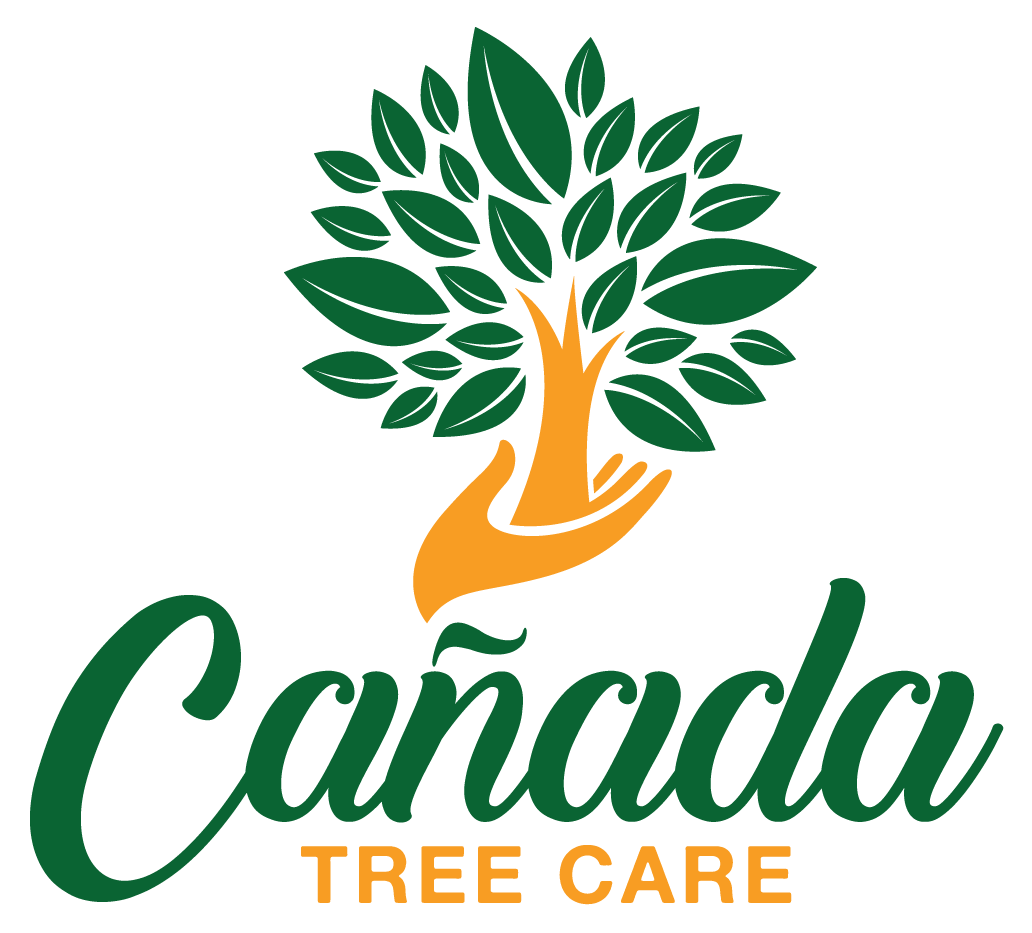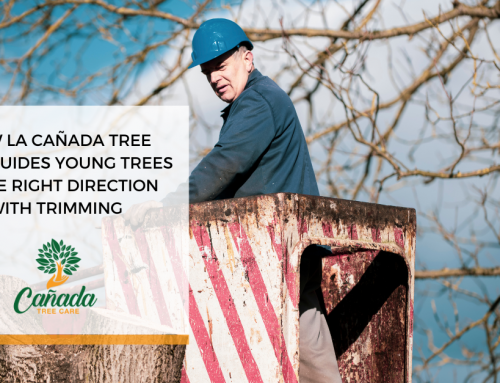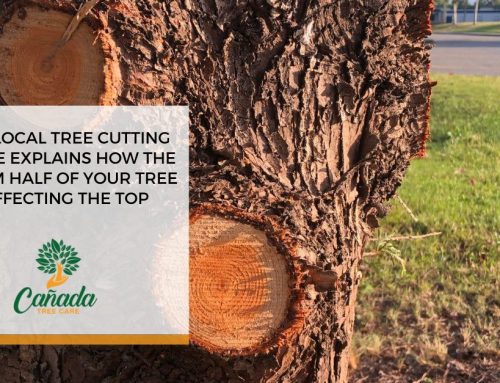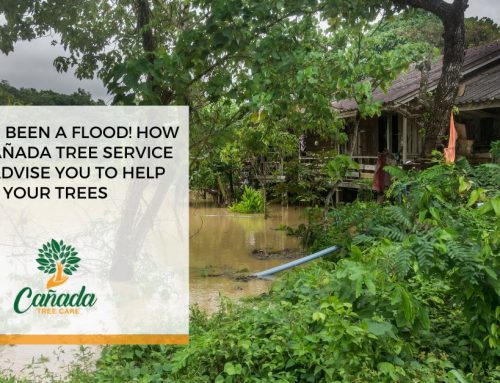Maintaining a healthy and safe environment in your garden should always involve a regular assessment of the condition of your various trees. Dead trees not only detract from the aesthetics of your landscape but can also pose significant risks to property and safety. Knowing when to call tree care professionals at La Canada Tree Care for the removal of a dead tree is essential for safeguarding your property and preventing potential hazards. With this in mind, let’s take a look at some of the crucial information.
When Is The Time To Call For La Cañada Tree Care?
- Do All Dead Trees Need To Be Cut Down?
While dead trees might seem harmless, they can pose serious risks if left untreated. However, not all dead trees necessarily need to be cut down immediately. Some factors to consider include the location of the tree, its size, and the specific characteristics of the tree species in question. A dead tree located far from structures, power lines, or high traffic areas might pose less immediate risk and can be left standing if it provides habitat for wildlife or serves aesthetic purposes. In a similar vein, smaller dead trees may be less likely to cause significant damage if they fall and can potentially be left in place if they do not pose a threat to property or safety. It really is on a case by case basis.
What Are the Signs That A Tree Is Dead?
- Lack Of Foliage
One of the most obvious signs of a dead tree is the absence of leaves during the growing season. While some deciduous trees naturally shed their leaves in the fall, failure to produce new leaves in the spring is indicative of a dead or severely stressed tree.
- Brittle Branches
Dead trees often have dry, brittle branches that break easily when subjected to minimal pressure. Assessing the flexibility and integrity of branches can help determine the tree’s overall health and structural stability.
- Bark Damage
Peeling, cracking, or missing bark on the trunk or branches may indicate underlying decay, disease, or pest infestations. Dead trees often exhibit extensive bark damage as the tree’s natural defenses weaken and decay sets in.
- Fungal Growth
The presence of mushrooms, conk fungi, or fungal brackets on the trunk or roots is a clear sign of decay and internal rot within the tree. Fungal growth may appear as dark, discolored areas or raised structures on the tree’s surface.
- Root Damage
Excavating soil around the tree’s base to inspect the roots can reveal signs of decay, rot, or damage. Severely decayed or compromised roots indicate a lack of stability and structural support, increasing the risk of tree failure.

xr:d:DAFmkJMF8wQ:273,j:8302809460396066273,t:24040122
If you think that you need to get in touch with a La Cañada tree care firm for unhealthy or dead trees on your own property, then don’t hesitate to book an appointment with us. At Cañada Tree Care, we have an experienced team on hand to take all of your queries and make the best plan for your garden issues. We look forward to being able to help!






Leave A Comment